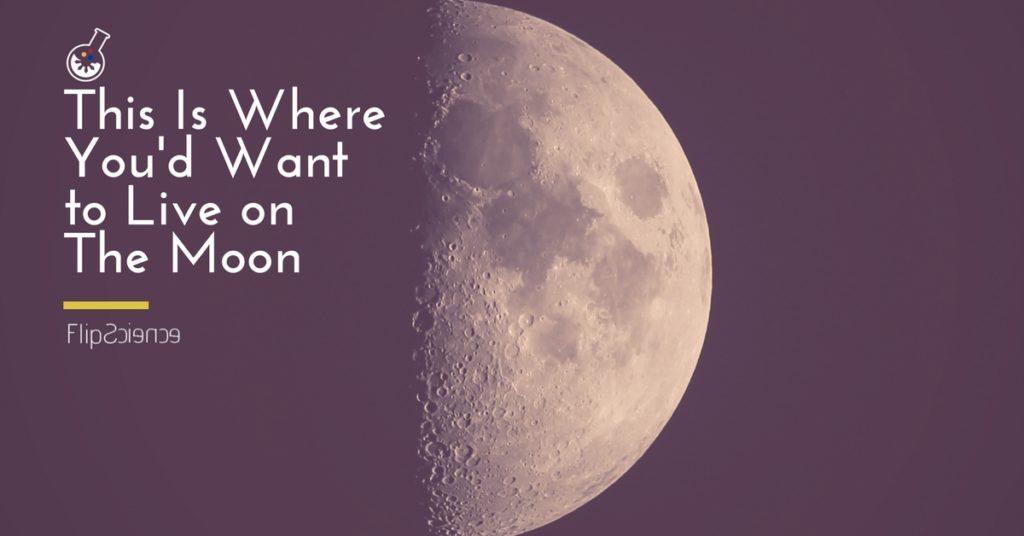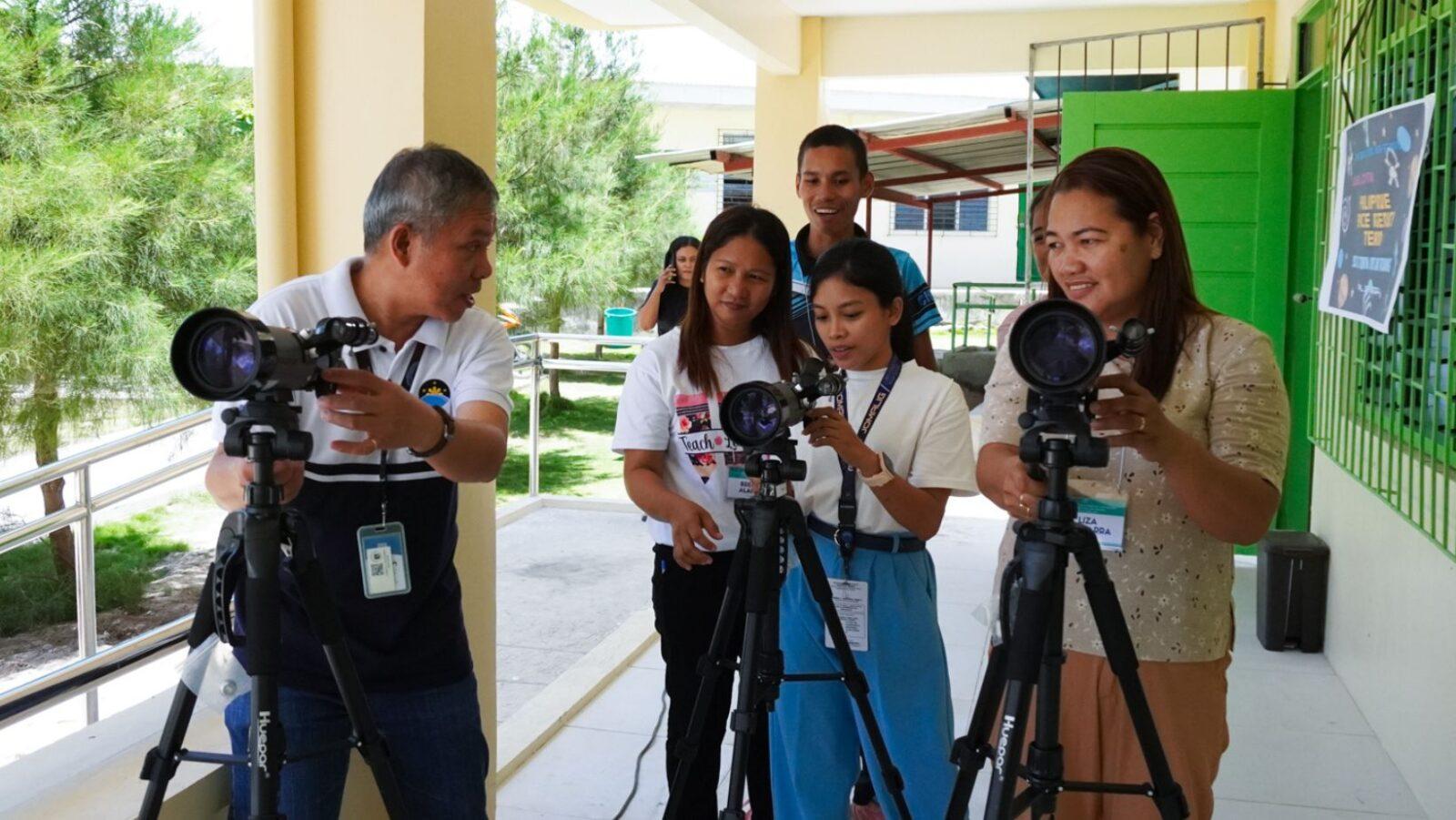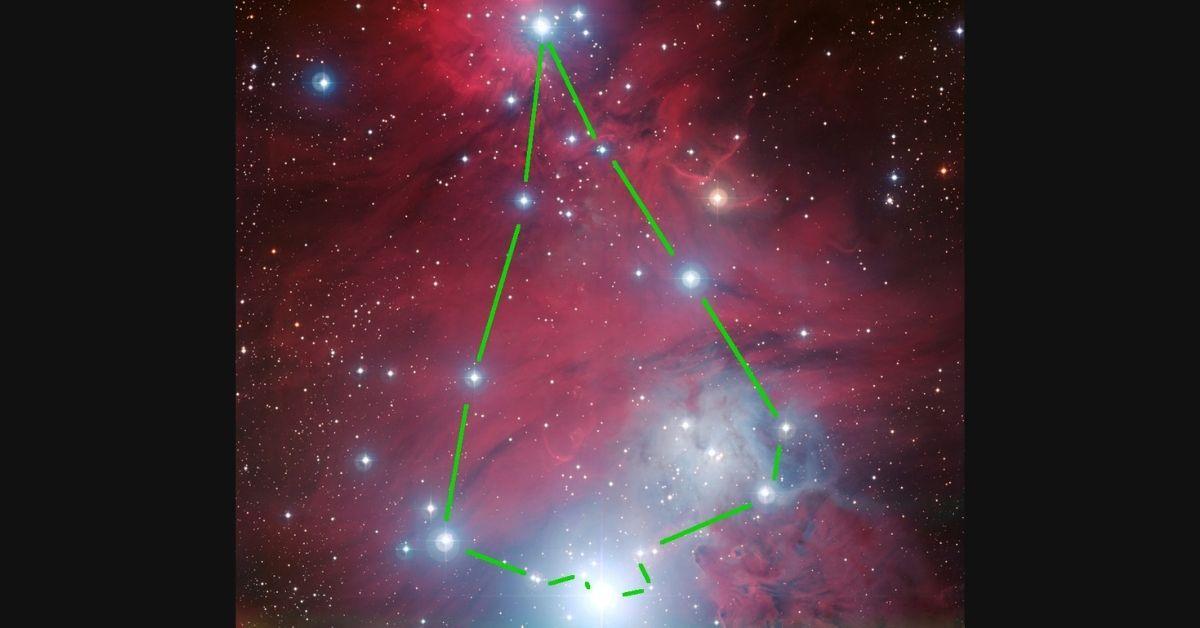Have you ever felt so fascinated by the moon (or so disappointed in the human race) that you wished you could just leave Earth and live there? Well, scientists may have found the perfect spots to set up shop: giant underground caverns, visible as dark areas on the moon’s surface.
Over the Moon
Researchers from JAXA (Japan’s very own space agency) and NASA uncovered evidence that may lead to the very first Moon colony in human history. Combining radar and gravity data from the SELENE lunar probe spacecraft, the two teams appear to have arrived at rather promising results. Published in Geophysical Research Letters, their findings show that several pits located near the Marius Hill region of the Moon are actually large open tubes.
If these caverns could protect the delicate apparatus of a research team, these would open up an entirely new world of possibilities for research. Our technology and equipment would be safe from the dangerous rays from the sun and atmosphere of strange gases, as well as other hazards.
The team even suggests that these caves may be inhabitable. Considering how water has been discovered on the Moon, this doesn’t seem like such a long shot.
Beaming results
JAXA analysed the data gathered by the spacecraft from bouncing radar off the lunar surface. By continuously firing off rays into these lunar lava tubes, they were able to determine their sizes and shapes. Through this method, the scientists were able to correctly mark the presence of a lava tube’s floor and ceiling. Similar echo patterns at nearby locations seemingly point to the existence of more of these tubes.
NASA’s GRAIL mission, on the other hand, identified mass deficits–locations on the moon where mass appears to be reduced–which are most likely more lava tubes. Using the combined data, the researchers were also able to provide ballpark figures for the average length, height, and width of the lava tubes: Up to several kilometers in length, and at least one kilometer in height and width.
Still mooning over the possibilities of going off-world? Our very own satellite just might be your best bet. –MF

Author: Tomas Pedrosa
A graduate of Information Design, a versatile writer, and an avid gamer, Tomas prides himself in his willingness to gain new experiences and perspectives, and to apply what he learns in his other pursuits. Curiosity, interest, and obsession—these are the mile markers that keep him going down his road.






